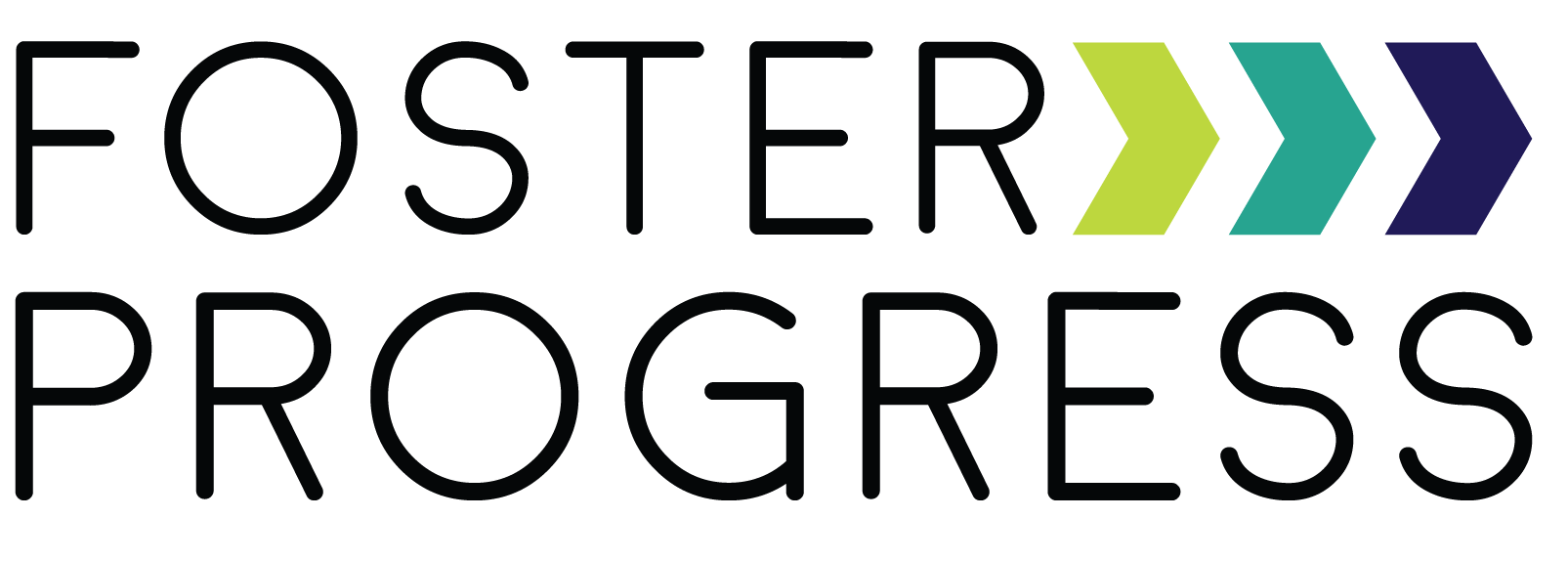The W Curve: Understanding the Ups and Downs of the First Year of College
by Kate Danielson
October 20, 2025
Starting college is an exciting milestone, but for many students, it is not all smooth sailing. The first year often brings a complex mix of excitement, homesickness, confidence, and self-doubt that can feel like a roller coaster. The W Curve, initially created to describe culture shock and later adapted to illustrate the common experience of the first year of college, offers a helpful way to understand the emotional journey that students go through as they adjust to college life.
When students first move on to college campus, there is a “honeymoon” period filled with enthusiasm and optimism. Everything feels new and full of possibility. But soon, challenges emerge. Navigating academics, making new friends, and managing independence can all be difficult, and students often hit their first dip. For youth who have experienced foster care, this adjustment can feel especially intense when there is not a traditional safety net to fall back on. The majority of the students we work with embody many marginalized identities; they’re more likely to be first in the family to attend college, LGTBQIA+, have family members in the justice system, etc. For our young people who grew up in Chicago, majority-white institutions can sometimes be their first experience being in the racial minority. Culture shock can make them question whether they made the right choice.
After that initial low point, students usually begin to regain their footing. They develop routines, form connections, and start to feel like they belong. Our main recommendation for students as they get integrated to college life is to get out of their dorm rooms and get involved. Research has indicated that lacking a sense of belonging on campus is one of the top three reasons students drop out, so doing the work of finding community, friendship, and involvement is critical. The Youth in Care - College Advocate Program (Y-CAP) was created for exactly that reason — to help youth who experienced foster care find each other and create spaces where they belong on campus.
But the ups and downs are certainly not over yet! There is often a second dip when students visit home for the first time. The adjustments they made and the lessons they learned at college can make the return home difficult. For youth in care, they may be acclimating yet again to an entirely new living arrangement.
These ups and downs are completely normal, and understanding that can help students be kinder to themselves as they grow. At Foster Progress, mentors, staff, and peer advocates use the W Curve to help students anticipate what is coming and to remind them that tough moments do not mean failure. They are part of the process. A text from a mentor, a shared story from someone who has been there, or a check-in with program staff can make all the difference in helping a student move through the curve and come out stronger on the other side.
The W Curve reminds us that success in college is not a straight line. It is a journey of resilience, reflection, and growth. And for Foster Progress students, that journey is never walked alone.

